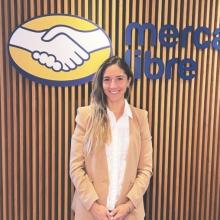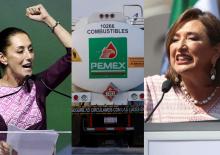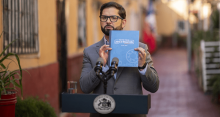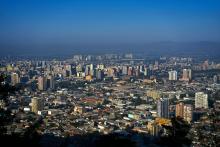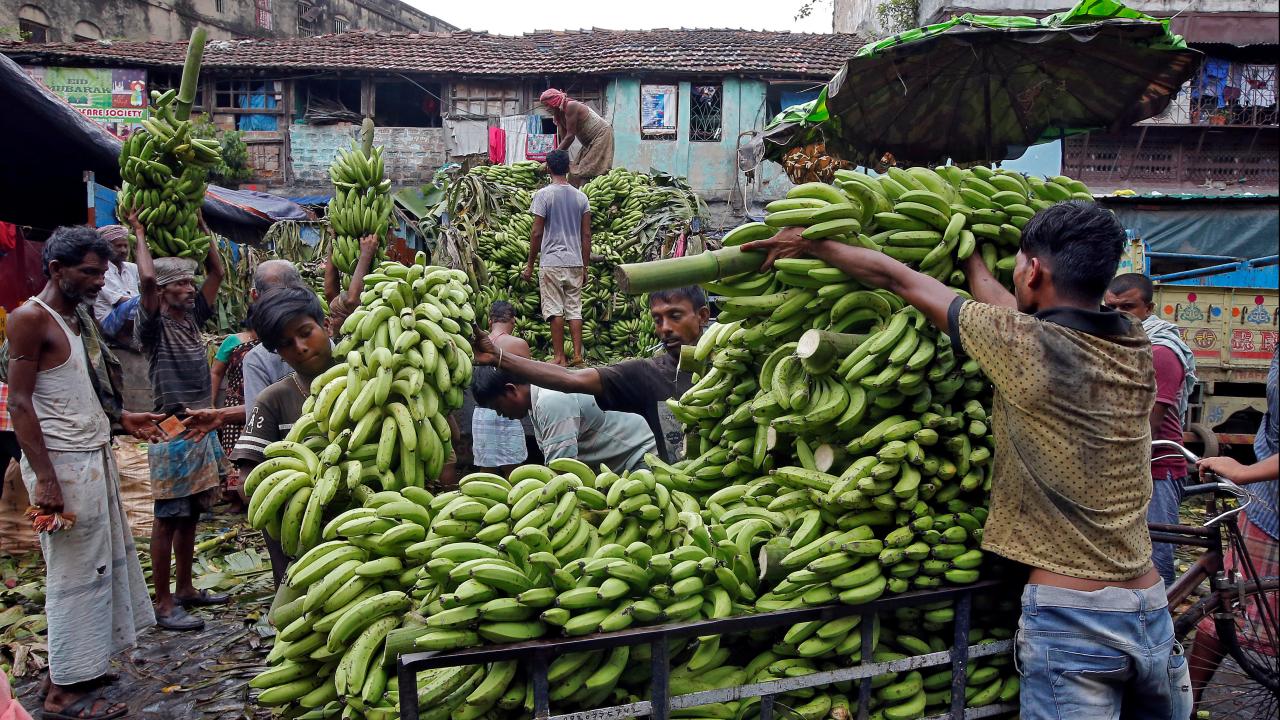
Banana, tuna, blueberries and quinoa among the products that will enter with 0% tariff as of May 1.
Ecuador's trade agreement with China comes into force this May 1 and products such as bananas, blueberries, quinoa, tuna and pitahaya will begin with immediate tariff relief. The opportunity opens up for these sectors that, although they have not yet shipped their products, are in the exploration stage of that market.
There is optimism about business opportunities, but they also emphasize the importance of working internally on phytosanitary protocols and promotion.
Once the trade agreement signed in May 2023 is in place, bananas, which are taxed at 12%, will go to 0% tariffs, and the same is true for pitahaya, which has 20%, as well as tuna (5%), blueberries (30%) and quinoa (3%).
For bananas, the Asian market is not new: most of them already arrive in Japan and South Korea processed; What has been sent to China so far has been evidence of processed bananas, everything related to chifles, indicates the executive director of the Association of Banana Exporters (Asoexpla), Eduardo Manrique. One of the partners “is opening that market and has already had the first meetings with clients there.”
It is a market that they are very interested in promoting banana flours, snacks and frozen foods. “For us it represents a challenge and an opportunity for the sector,” he says, for the possibility of opening that market, for the inhabitants and, above all, for the added value that the banana represents. In addition, the announcement of a new route stands out, from seven to nine days less, which would favor the fresh banana arriving in optimal conditions. Approximately the regular sea journey takes between 28 and 31 days.
However, before going out to that market, the leader exposes several factors that must be considered to meet international demand. 70% of the production stays in Ecuador; Ecuadorians consume 40 kilos per capita of bananas per year, so only 30% is exported. The United States and Europe are the main markets, in addition to Chile and Argentina in the southern cone.
In addition to fresh bananas, he indicates that it should also be taken into account that in the last three years there has been an approximate growth of 25% to 30%, both the national and export industries. “When I say industry I am talking about everything that is processed; Everything that is chips, chifles, tostones, patacones, frozen sweet plantains and now also (...) frozen doughs come in there,” he explains.
He comments that 2022 and 2023 were one of the “worst times” of productivity in the banana sector, including an internal shortage, and the cost increased, because there was demand from the local industry, exports, internal consumption and the export of bananas. cool. Unlike bananas, which have approximately 250,000 hectares planted, plantains are planted on an estimated 127,000 hectares. He adds that 80% are small producers and 20% began producing with organic certifications two years ago.
To reach China, Manrique says that we must take an internal look and consider two campaigns: promotion and another for technicalization. And in this last point he indicates that they have a “super big obstacle internally”, and that is that, although they are totally different from bananas, the banana sector is within the same banana law, which implies that they have “the same restrictions of planting and hardships, when it is something that is totally different", which is why the "banana law does not allow opening." “And, obviously, for that market we need to encourage more planting, especially technical planting,” he explains.
He adds that, since they already have technical crops, they have the capacity to start exporting about 20 or 30 containers to China with all the certifications immediately; But, with the volume that is handled in markets like the United States, Europe, including the domestic one, and now with China, “they have to think about the crops that there are to meet that demand, because the moment they enter China that is a consumer monster.”
Phytosanitary protocols
Another point to consider is the phytosanitary protocols. The general manager of Nobis Fruit Company, Luis Ponce, indicates that, beyond the fact that the trade agreement with China has already been ratified, the export of fruits requires phytosanitary protocols that must be processed individually for each one, and for this it is required of technical visits by the Chinese control entity to Ecuador, so that they can review that the fruit produced in the country meets the standards they request. “We hope that these visits will be carried out this year. Once the protocols are issued, we hope to be able to make both sea and air shipments.” Nobis Fruit Company has blueberries among its export products.
For his part, the Project Director of the National Association of Food and Beverage Manufacturers (Anfab), Julio de la Calle, adds that “there is no sanitary access already established from the Phyto and Zoosanitary Regulation and Control Agency (Agrocalidad)” , therefore, “even if there are favorable tariff conditions, they would not be able to export quinoa in bulk.” He maintains that “the priority of access to this market should be reviewed with them.” “However, from our technical perspective, Ecuador should maintain a line of promotion for differentiated and value-added products,” he adds.
Furthermore, he emphasizes that it could be interesting to promote the generation of information or its updating on the potential of the market (for example, from ProEcuador, to determine if it is pertinent to promote a market penetration strategy in China). This even says “from the fact that ingredients known in the target market can be incorporated so that the flavors are allies in their promotion.”
Likewise, he points out that every trade agreement encourages commercial exchange and that Ecuador has many strengths in the production of differentiated and quality products. “The magnitude of the Chinese market generates expectations for local companies. It is definitely an opportunity to generate strategies focused on the particularities of the market. Therefore, the first thing would be to establish its potential and adaptation needs, and thus coordinate actions for its access.”
Internally, he comments that we must “work on the provision of internal raw materials and look for other varieties of quinoa that can be produced on the Coast, to generate a greater volume of production both for domestic consumption and for export opportunities.”
Without the option to sell 'not even a can of tuna to the Chinese'
On the other hand, although tuna will have an immediate reduction in the tariff to enter China, the president of the National Chamber of Fisheries, Bruno Leone, indicates that, although in the negotiations it was established that "China cannot send us products of tax-free fishing", but Ecuador now does, however, "we do not have the slightest chance of selling even a can of tuna to the Chinese, because we do not compete with them at all in terms of prices."
According to Leone, China is a fishing power and has a great development in its tuna industry, so it is impossible, beyond the fact that there is no tariff, to be able to sell something to the Chinese, "unless they do so for an interest that has to do with some other type of situation or geopolitics, they may at some point make some type of alliance with someone here to sell there or to be able to fish in the eastern Pacific Ocean, due to the whole issue of fisheries management measures, etc., maybe".
He says that rather they have very high expectations "that in the coming days some type of scheme can be resolved through which" one could enter the United States tax-free, which has been in the works for some time. “First it was to reinstall the Andean tariff preference system (ATPDEA), then the Innovation and Development Law in Ecuador emerged, known as IDEA, which was to assimilate the tax benefits that Caribbean countries have. and Central America, and now the idea of an ATPDEA for Ecuador has once again gained strength.”
He explains that the difference between one scheme and the other is that in the IDEA law, canned tuna and pouched tuna were exempt, while with the ATPDEA only pouched tuna was exempt.
